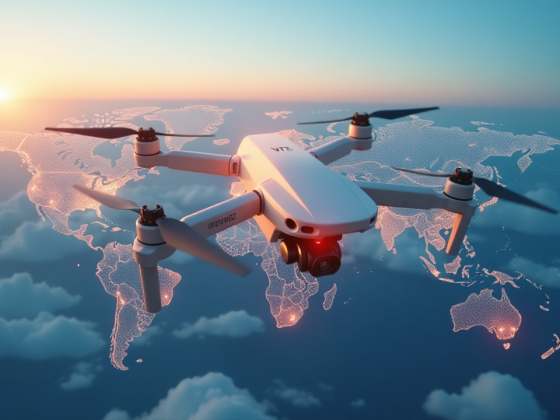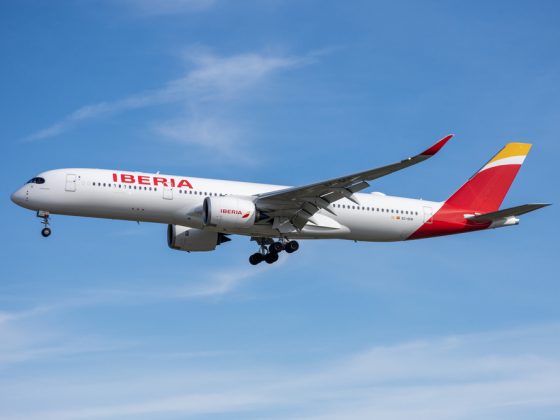When President Vladimir Putin launched the full-scale invasion of Ukraine in early 2022, most Western analysts predicted swift economic collapse.
Sanctions were sweeping. Companies were fleeing. Russian banks were cut off from SWIFT. But instead of imploding, the economy showed surprising resilience.
GDP grew. Oil revenues held firm. Defense factories accelerated. Even the IMF revised its growth projections upward.
But in reality, this growth could be synthetic, powered by wartime spending, fiscal rule-breaking, and high oil prices. Now time will tell whether Russia’s economy stays hot or eventually crashes down under the weight of its own strength.
What the data tells us
One of the clearest indicators of Russia’s economic turn came in June 2025, when the country’s Manufacturing Purchasing Managers’ Index dropped to 47.5. That marked the sharpest contraction since March 2022, according to data by S&P Global.
A reading below 50 indicates a decline in activity. This was a rapid reversal from the 50.2 posted in May, when the sector was still expanding.
The slowdown was driven by weakening demand, a strong ruble that made exports less competitive, and shrinking new orders.
Factories responded by cutting jobs at the fastest pace in over two years and pulling back on purchasing. Sentiment among manufacturers fell to its lowest level since October 2022, signaling that this is not a one-off blip, but a real contraction.
Russia’s Economy Minister, Maxim Reshetnikov, acknowledged the downward trend. Speaking at the St. Petersburg International Economic Forum in June, he essentially said that Russia’s economy was on the brink of going into a recession.
Banking stress keeps piling up
To cool inflation that surged through 2023, Russia’s Central Bank had pushed its key interest rate to a record 21% by late last year.
This year inflation dropped from double digits to 9.4% in June. Russia’s Central Bank has an annualized target of 4%.
This slight easing has allowed the bank to slowly begin its rate cutting cycle. A one-point cut in June was followed by a two-point cut in July, bringing the rate down to 18%.
But for many in the private sector, this came too late. According to Bloomberg, non-performing loans (NPLs) are rising quickly, especially among state-aligned firms.
Executives at top Russian banks, including Sberbank, have reportedly discussed the possibility of state-funded bailouts if credit conditions worsen. Official data downplay the risks, but internal reports show a deteriorating loan book.
Central Bank Governor Elvira Nabiullina has rejected concerns about systemic instability, citing 8 trillion rubles in capital buffers. But many economists remain unconvinced.
The Bank has instructed lenders to restructure loans and “absorb the losses” instead of relying on state aid. The longer rates stay high, the more pressure builds inside the financial system.
Defense is booming, but the rest of the economy is deteriorating
Russia’s war-related industries remain the only bright spot. Weapons manufacturing, logistics, and defense procurement are expanding.
According to economists, all current economic growth is concentrated in sectors tied to government military contracts.
Outside that, the data is grim. Car sales in June dropped 30% year-on-year. Steel demand is expected to fall 10% in 2025. Property and retail sectors are stagnating. According to Russia’s Federal Statistics Service, most civilian industries saw a production decline in the first four months of 2025.
Labor shortages are persistent and self-inflicted
The labor market is also showing signs of structural dysfunction. High wartime casualties and generous enlistment bonuses have pulled a large share of the male workforce into the military.
Payments to soldiers now account for about 2% of GDP, according to estimates by economist Vasily Astrov.
This labor scarcity is being compounded by migration policies. Russia historically relied on immigration to stabilize its workforce, but in recent years, the Kremlin has cracked down.
As a result, industries face shortages that are feeding into wage inflation and hurting productivity.
Russia’s energy cushion is shrinking
For much of the war, oil exports have been Russia’s financial lifeline. Stable prices and high demand from countries like China and India allowed the Kremlin to keep the war machine running. But that cushion is thinning.
The ruble has appreciated roughly 43% since the beginning of 2025, partly due to high interest rates. This has made Russian oil less competitive in global markets.
More importantly, the European Union’s 18th sanctions package, announced in July, has lowered the price cap on Russian oil exports from $60 to $47.60 per barrel. The EU also sanctioned 135 vessels in Russia’s shadow fleet and blacklisted two major shipping intermediaries.
Sanctions enforcement by G7 countries remains inconsistent, but the pressure is building. According to Leigh Hansson, sanctions partner at Reed Smith, the new cap could make it harder for Russia to find vessels willing to transport its oil. If widely enforced, the revenue hit could be significant.
Putin’s strategic priority is no longer economic
Perhaps the most telling sign of where Russia is headed lies in its leadership’s posture. Economic pressures are mounting, yet the Kremlin shows no intention of shifting course.
President Putin continues to channel resources into the military and nuclear programs. Civilian hardship appears secondary.
US President Donald Trump has given Vladimir Putin 10 days to agree to a truce in Ukraine, threatening secondary sanctions on countries that continue buying Russian exports.
But markets are less dismissive. The ruble slid nearly 3% after Trump’s remarks, hovering around 82 per dollar, its weakest point since mid-May. Oil prices, meanwhile, climbed above $70 a barrel on fears of supply disruptions and potential tariffs that could hit Russia’s shadow fleet.
This current uncertainty gives the Kremlin room to keep spending and doubling down on the war effort, even as the rest of Russia’s economy buckles.
But this standoff carries consequences. If Trump follows through with secondary sanctions targeting buyers like India and China, Russia’s oil revenues could erode quickly.
And that’s the last reliable pillar of its economy.
The post Is Russia’s economy a ticking time bomb? appeared first on Invezz


